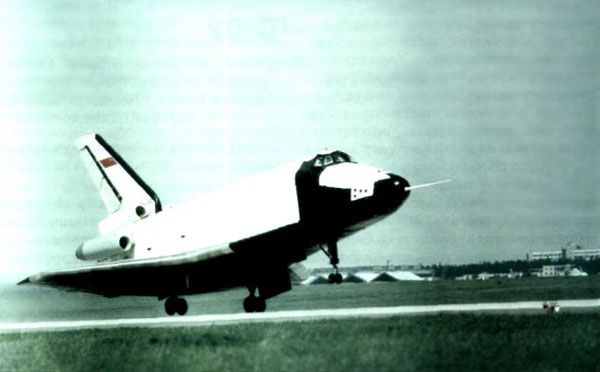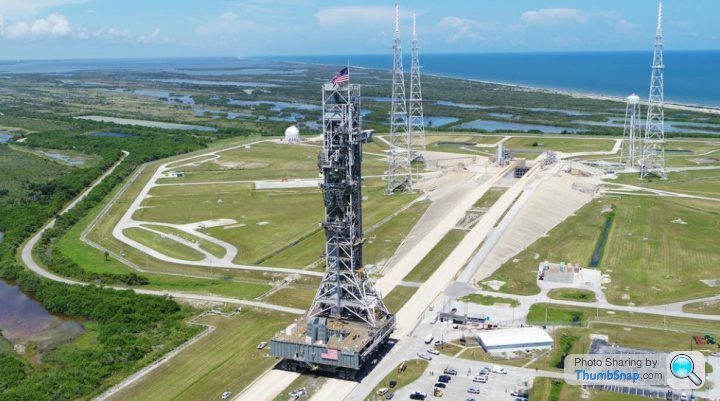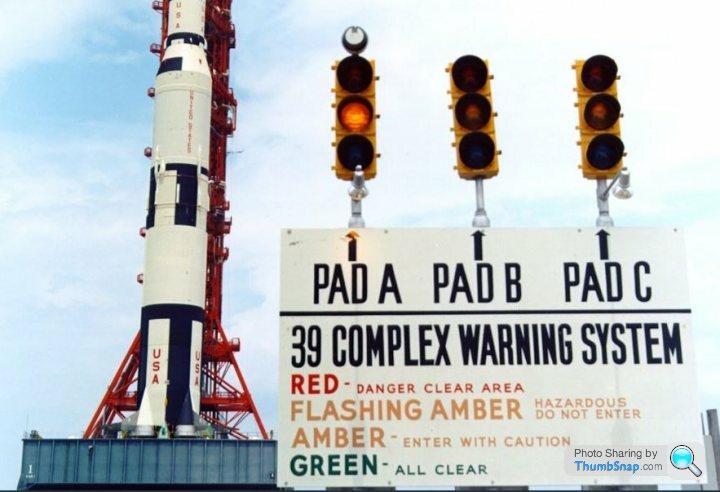Space Launch System - Orion
Discussion
Orion gets its heatshield
https://www.space.com/41566-nasa-orion-spacecraft-...
As an aside, it must be tough for NASA PR folk trying to get the general public enthused about recreating something they had 50 years ago but threw away
https://www.space.com/41566-nasa-orion-spacecraft-...
As an aside, it must be tough for NASA PR folk trying to get the general public enthused about recreating something they had 50 years ago but threw away

Beati Dogu said:
It's like when the Soviets came out with their Buran shuttle in the 80s and people remarked on its obvious similarity to the US one.
Their defence was that aerodynamics & physics was the same for everyone, which is fair comment I suppose.
Given most of the Shuttle design (although not accurate) was publically available, what did they expect.Their defence was that aerodynamics & physics was the same for everyone, which is fair comment I suppose.
The problem with Buran was that the Soviets were shadowing the American design without a clear idea as to why the Americans had built it in the first place. The Soviets kept asking themselves, "Why have they built this thing the way they have? It doesn't make any sense". However, they kind of hoped that by building their version of it, the logic would eventually emerge.
In the end, although the Buran orbiter vehicle bore some similarities to the Space Shuttle orbiter, it differed fundamentally in some areas - notable the lack of main engines for use during launch. It also could be flown with jet engines for ferrying purposes - something which was impossible with the American Shuttle.
In the end, although the Buran orbiter vehicle bore some similarities to the Space Shuttle orbiter, it differed fundamentally in some areas - notable the lack of main engines for use during launch. It also could be flown with jet engines for ferrying purposes - something which was impossible with the American Shuttle.
Flooble said:
Could it actually take off using those jet engines? I was always under the impression they were for the landing phase to increase the potential landing sites?
Indeed it could. The jet engines were not intended to be fitted for actual orbital space flights. It would have glided in, just like the American shuttle.Here's a picture of a test Buran taking off using jet thrust -

Edited by Eric Mc on Thursday 23 August 19:30
I love how it's taking them 8 years to adapt something that only took 2 years to build. 
Plus it would require another 3 years to increase its height by 43 feet, strengthen it further and move the plumbing around for the taller & much heavier Block 1B & 2 SLS rockets.
True to its nickname of the Senate Launch System, Congress is providing $350 million for a second tower, which NASA didn't officially ask for. This one will at least be full height and set up for the larger rockets from the word go. It will also cover the 3 year gap, should NASA actually go ahead with the initial tower upgrade plan.
They're actually planning to take the tower out to the pad in the next couple of days. Starting around midday on Thursday, stopping overnight, then taking it up the ramp of Pad 39B on Friday. The last time it was there was in 2011, before they began converting it from its original Ares 1 configuration:


Plus it would require another 3 years to increase its height by 43 feet, strengthen it further and move the plumbing around for the taller & much heavier Block 1B & 2 SLS rockets.
True to its nickname of the Senate Launch System, Congress is providing $350 million for a second tower, which NASA didn't officially ask for. This one will at least be full height and set up for the larger rockets from the word go. It will also cover the 3 year gap, should NASA actually go ahead with the initial tower upgrade plan.
They're actually planning to take the tower out to the pad in the next couple of days. Starting around midday on Thursday, stopping overnight, then taking it up the ramp of Pad 39B on Friday. The last time it was there was in 2011, before they began converting it from its original Ares 1 configuration:

The revamped SLS tower is now in position at Pad 39B at Cape Canaveral for the first time:

Here seen on its way up the ramp.
They'll be testing all sorts of systems, including the water deluge system over the next week or so.
Then they'll take the tower back the 4 miles or so into the Vertical Assembly Building.

Here seen on its way up the ramp.
They'll be testing all sorts of systems, including the water deluge system over the next week or so.
Then they'll take the tower back the 4 miles or so into the Vertical Assembly Building.
Eric Mc said:
At the pace the project is moving, it's likely that the tower will be used for at least a decade as the Block 2 won't be arriving anytime soon.
Originally the EM-1 mission was the only one planned to use the Block 1, but now due to the expected 3 year delay with the MLP and EUS upper stage there are at least 3 missions proposed/planned for it - EM-1, EM-2, and Europa Clipper. EM-2 was originally planned to use a Block 1B for the first manned mission - though I'm not sure how NASA viewed the risk of flying a crew on a new and untested 2nd stage.Edited by MartG on Tuesday 4th September 08:53
The tower is being taken back off the pad now. The crawlers have a cab at either end so the driver can just climb into the "front" one as required.
Incredible to think they had options to build 5 of these giant launch pads back in the 60s, although they only ended up building two of them for the Apollo program: 39B and 39C (which was renamed 39A).
Where the crawler road kinks off right to Pad 39B you can see where it would have continued straight on to the original, unbuilt Pad 39A.
They even had the traffic lights set up for it:

There actually is a Pad 39C now, but it's tiny by comparison and was only built in 2015. It's little more than a concrete pad to one side of Pad 39B to support smallsat launchers.
The land north of the original Apollo pads may one day see new pads for SpaceX and Blue Origin. Both for launching and landing of course these days.
Incredible to think they had options to build 5 of these giant launch pads back in the 60s, although they only ended up building two of them for the Apollo program: 39B and 39C (which was renamed 39A).
Where the crawler road kinks off right to Pad 39B you can see where it would have continued straight on to the original, unbuilt Pad 39A.
They even had the traffic lights set up for it:

There actually is a Pad 39C now, but it's tiny by comparison and was only built in 2015. It's little more than a concrete pad to one side of Pad 39B to support smallsat launchers.
The land north of the original Apollo pads may one day see new pads for SpaceX and Blue Origin. Both for launching and landing of course these days.
Gassing Station | Science! | Top of Page | What's New | My Stuff






